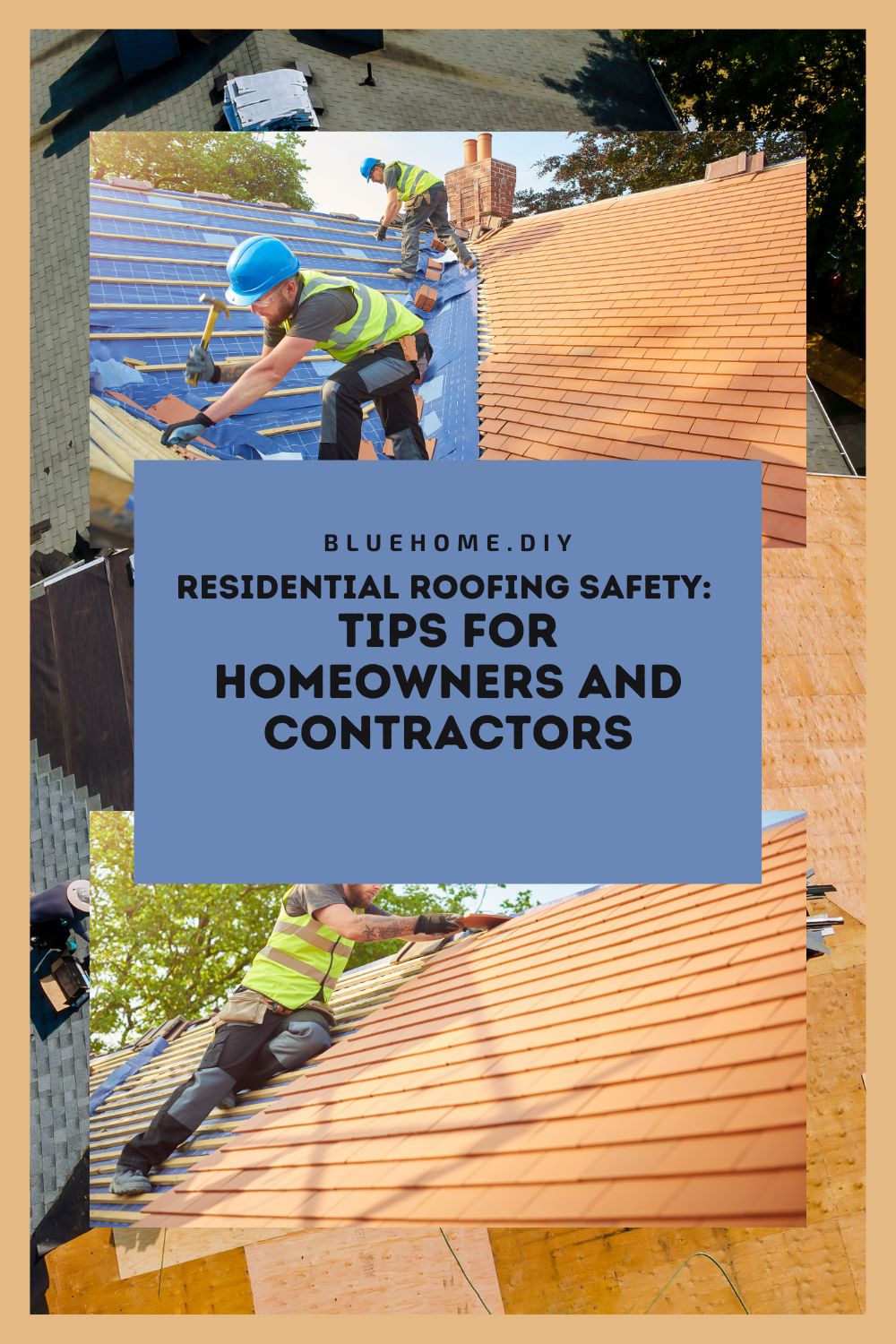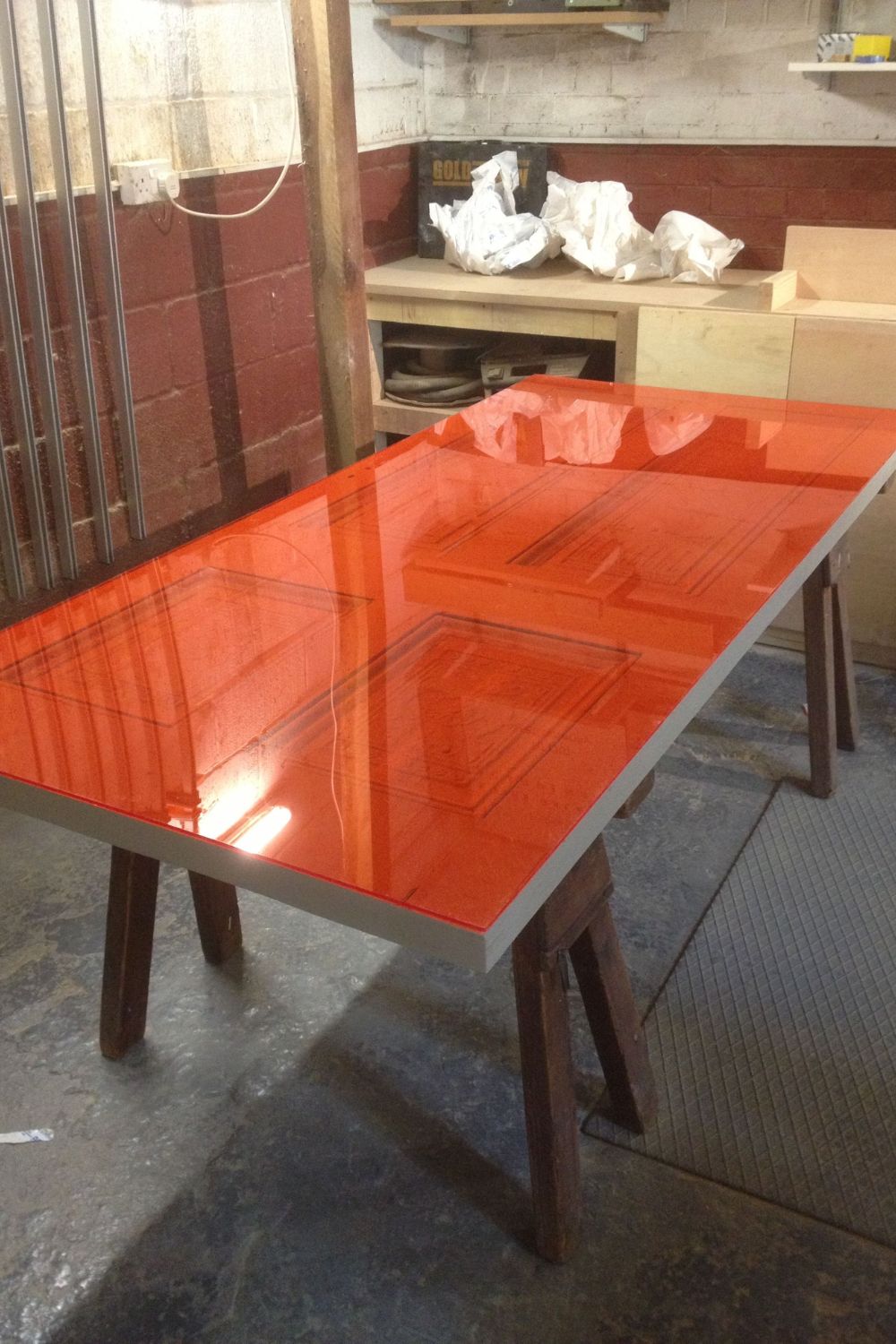Roofing projects, whether they involve repairs, maintenance, or complete replacements, can pose potential risks for both homeowners and contractors. Ensuring safety during these tasks is of utmost importance to prevent accidents and injuries. In this article, we will discuss essential safety tips for homeowners and contractors to follow during residential roofing projects.
Safety Tips for Homeowners
Hire a Reputable and Licensed Roofing Contractor
One of the best ways to ensure safety during a roofing project is to hire a reputable and licensed roofing contractor. Professionals with experience and proper training are more likely to follow safety guidelines and have a lower risk of accidents or injuries. Do thorough research and ask for recommendations before hiring a contractor.
Keep the Work Area Clear and Organized
A cluttered work area can be hazardous for both the roofing crew and the homeowner. Keep the area around your home clear of debris, tools, and other materials to prevent accidents. Ensure that your contractor is aware of any potential hazards on your property, such as underground utilities or overhanging tree branches.
Keep Children and Pets Away
Roofing projects can be dangerous for children and pets who may not understand the risks involved. Keep them away from the work area at all times to prevent accidents or injuries.
Be Aware of Weather Conditions
Weather can significantly impact the safety of a roofing project. Avoid scheduling work during inclement weather, such as heavy rain, high winds, or extreme temperatures. Discuss the weather forecast with your contractor and be prepared to reschedule if necessary.
Understand Your Role
As a homeowner, it’s essential to know your role during a roofing project. While it’s crucial to stay informed and communicate with your contractor, avoid getting too involved or attempting DIY tasks that could put your safety at risk.
Safety Tips for Contractors
Provide Proper Training and Equipment
Ensure that all workers have received adequate training in roofing safety procedures, and provide them with the necessary personal protective equipment (PPE), including hard hats, safety goggles, gloves, and non-slip footwear. This will help protect them from potential hazards, such as falling debris, sharp tools, or slippery surfaces.
Follow OSHA Guidelines
The Occupational Safety and Health Administration (OSHA) sets specific guidelines for roofing safety. These include using fall protection equipment, such as harnesses and guardrails, and following proper procedures for ladder and scaffold use. Adhering to these guidelines helps reduce the risk of accidents and injuries.
Maintain a Clean and Organized Worksite
A cluttered worksite can lead to accidents and injuries. Regularly clean up debris, tools, and materials to keep the area safe and organized. Ensure that ladders and scaffolding are set up correctly and inspected regularly for stability.
Implement a Safety Plan
Before starting a roofing project, develop a comprehensive safety plan that addresses potential hazards, emergency procedures, and communication protocols. Make sure that all workers are familiar with the plan and know what to do in case of an accident or injury.
Encourage Open Communication
Fostering a culture of open communication on the job site can help prevent accidents and injuries. Encourage workers to voice any concerns or report potential hazards immediately. Regularly hold safety meetings to review procedures and address any issues that may arise during the project.
General Roofing Safety Tips
Use Ladders and Scaffolding Safely
Ladders and scaffolding are essential tools in roofing projects, but they can also be dangerous if not used correctly. Set up ladders on firm, level ground, and use the correct angle to ensure stability. Inspect scaffolding for stability and proper assembly before use.
Be Aware of Electrical Hazards
Roofing projects often require workers to be near electrical lines or installations. Be aware of the location of power lines and maintain a safe distance to avoid electrocution. Use non-conductive ladders and tools when working near electrical hazards.
Avoid Overexertion and Heat-Related Illnesses
Roofing work can be physically demanding, and working in hot weather conditions can increase the risk of heat-related illnesses, such as heat exhaustion or heat stroke. Take regular breaks, stay hydrated, and wear appropriate clothing to protect yourself from the sun. Be mindful of your limits and don’t push yourself beyond them.
Properly Secure Materials and Tools
Loose materials and tools can pose a significant hazard during roofing projects. Secure all materials and tools to prevent them from falling or causing accidents. Use tool belts or pouches to keep tools close at hand and avoid leaving them on the roof, where they could slide off or cause tripping hazards.
Monitor Weather Conditions
Weather can change rapidly, and sudden storms or gusts of wind can create hazardous conditions on the roof. Stay updated on weather forecasts and be prepared to halt work if necessary. It’s better to postpone work during unfavorable conditions than to risk injury or damage to the property.
Wrapping Up
Residential roofing safety is a shared responsibility between homeowners and contractors. By following these tips and maintaining open communication, both parties can work together to ensure a safe and successful roofing project. Hiring a reputable, licensed contractor, providing proper training and equipment, adhering to OSHA guidelines, and staying vigilant about potential hazards are all crucial steps in maintaining safety during roofing work.
By taking a proactive approach to safety, homeowners and contractors can minimize the risks associated with residential roofing projects and create a safer working environment for everyone involved. Remember, safety should always be a top priority on any job site, and a little extra care and attention can go a long way in preventing accidents and injuries.





Leave a Reply